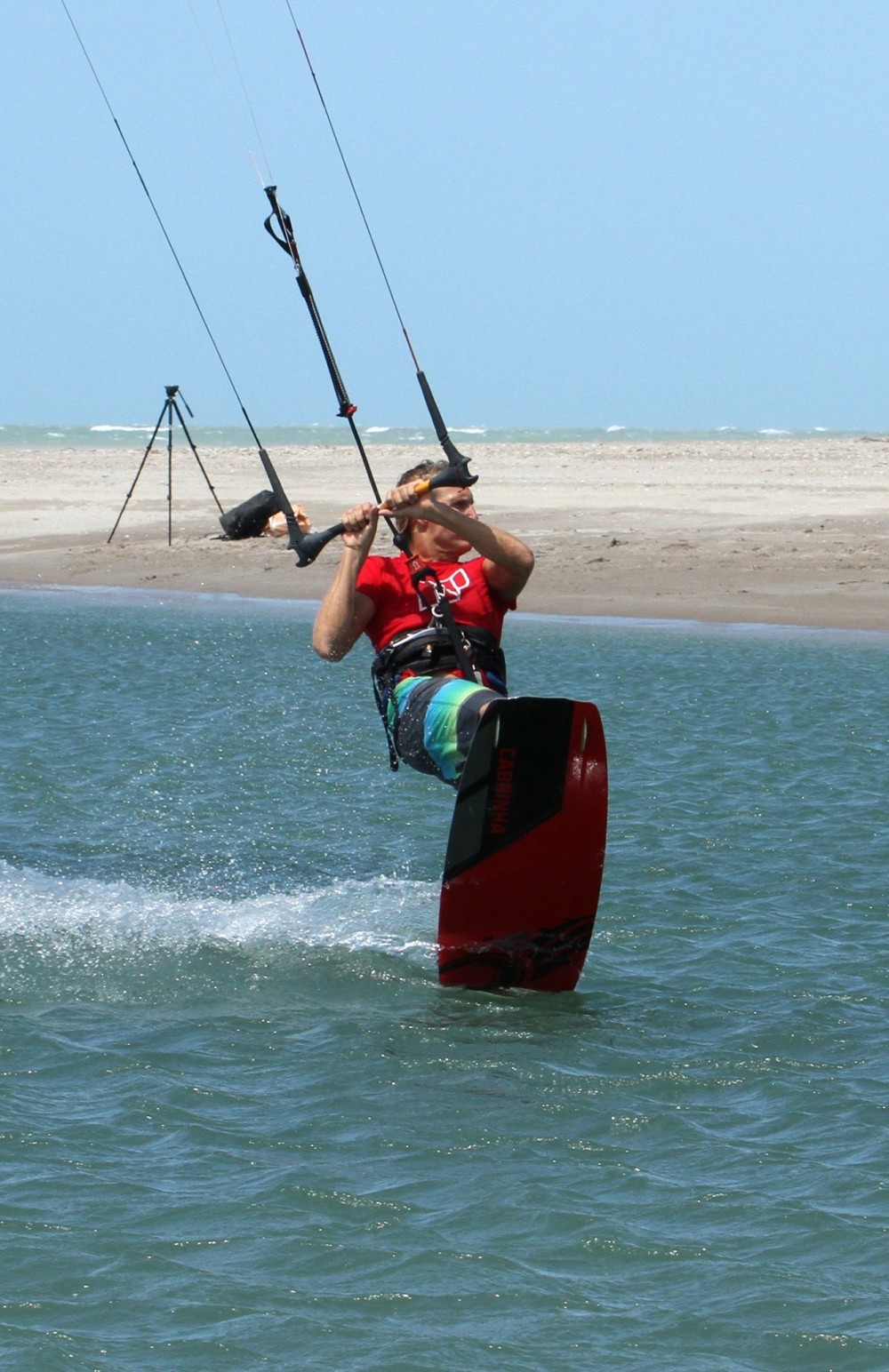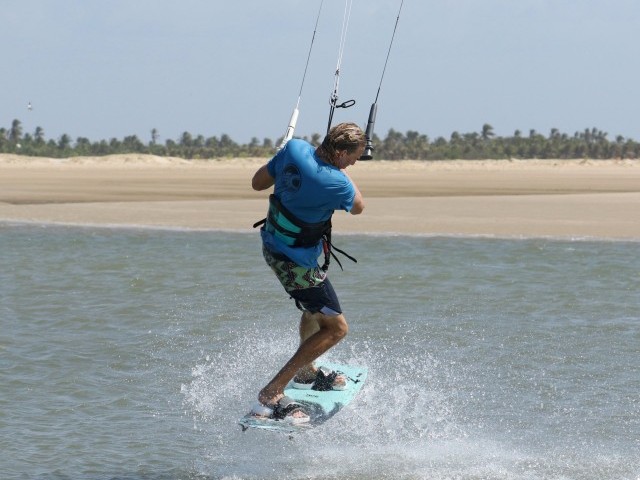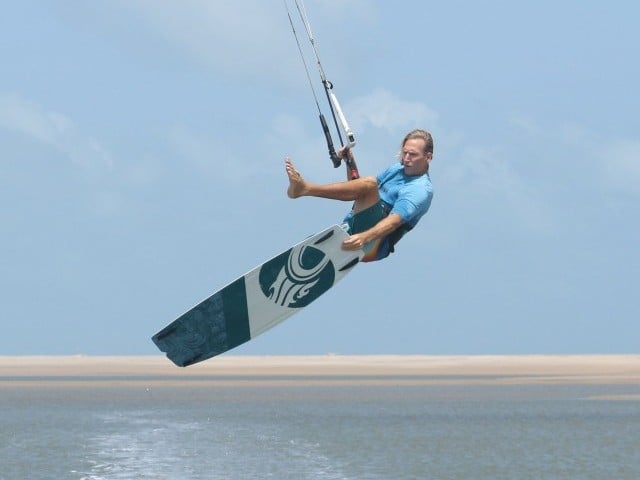
Back Loop Transition From Toeside
Technique / Intermediate
Introduction
This is a fun one. We all need transitions to turn around, and lets be honest the better they look the better we feel. The BLT in its true form is one of the most popular transitions out there. Done well it oozes style, a casual rotation, effortlessly floated around with control. Old boys do them, kids in boots do them and even surfboarders (can you say that?) do them. Well, if you want that same feeling but fancy a new challenge or just want to stand out from the crowd a bit, it’s time to TSBLT……
Your toe side is potentially going to be your nemesis in this one, so we’ll have a look at how to take off efficiently. As a precursor we would of course suggest that you have the “original” BLT firmly in the bag and if you can already front or back from toe side that will help considerably – but it’s not a must. Thinking about this move you only have to rotate 180˚, so the effort is not in the spinning, but actually more in the up motion, kicking off your edge in an attempt to get some float and turn slowly, just like a good BLT. Read on for some nuggets that will hopefully help.
The Approach & Your Edge
To control a sent take off from your toes you need two things, speed and a good solid edge. However being a transition we need to bleed off enough speed so that we don’t have too much forward momentum. This is a double-edged sword. Christian has his bar trimmed in so that he can get an aggressive edge and hold the power with two hands without being pulled up onto the board, but leaves it out enough so that he can pull for extra lift on take off. This way he can turn his head and shoulders away from the kite and push down onto his toes, hips forward, driving the board between him and the kite with both legs flexed. This keeps his weight evenly distributed along the board, keeping it flatter which equals less drag so Christian can go slower without stopping. As he sends the kite up Christian rocks his hips back to dig more board into the water, which will slow him and put more tension on the lines. The kite send needs to be short, but sharp. This way you wont have to resist for long before the kite is high enough. Judging by his face this does require some effort.
The Take Off
Getting airborne here is the crux of the move. In one way you should imagine that you’re trying to jump or air gybe and not rotate. The reason for this is that you need to keep the board between you and the kite for maximum resistance, so that the kite will take you up. This means that the entire time you should be on your toes, with your knees and shoulders upwind of the board. If you concentrate too much on leaning back you’ll weight your back foot’s heel and get pulled over the board,resulting in a miniscule amount of air. You can see that Christian has rocked back but is still edging as the kite goes to 12 0’clock. As it lifts, Christian springs up off his legsagainst the edge and pulls in on the bar. Final point here, in both the last two photos Christian has his chin turned over his front shoulder, which not only helps him edge, but also means that he will be able to start a rotation.
Up & Wait
You can see here that as Christian goes up with the kite he is rotating, but very slowly, as he hasn’t turned much more than in the previous picture. However, what is equally important is that he is still looking over that shoulder. At this point it is very tempting to bail, as you’ll have the feeling that not much is happening. Resist this urge at all costs, it will make you look forwards (imagine Christian looking at the camera) which will kill your rotation. It may also be tempting to let the bar out, but you need the float so stay in this position and let the kite drift slightly past 12 o’clock, back towards where you came from with your knees up and your hands in.
Turn & Face
And this is why; with the kite slightly past 12, it will pull you gently from your harness and as soon as you get through the eye of the wind you’ll be able to see where you’d like to go. Here Christian can see where he is so he starts to dive the kite hard with what will be his front hand. For the dive to be effective you do need to wait until you’re coming down so your timing will depend on height.
Knee Through
This will be easier if you’re landing your preferred foot forward. As the kite dives and powers it will pull you, and you must use this pull to help you around the rest of the 180˚. Christian still has his knees up and bar in. This means that the power will pull from his hips and hands, and with his legs up his board and lower body will pull around following his upper body. If you leave your legs dangling they may well get left behind! You can see that Christian is focussed on where he’ll land.
Touch Down
If you’ve timed the dive correctly you should be able to land this just like a straight BLT or Air Gybe. The kite pulls you round and downwind, so all you need to do is twist your hips, point the board off the wind and smoothly touch down tail first. If you did dive a tad too early, or you let the kite drift too far you may well have to keep pulling hard on your front hand to sneak in a very late kiteloop to stop you sinking.
Top Tips
This move, as with so many, will require an element of trial and error. If you’ve never practiced anything sent from toe side it will feel more than awkward, and even if you have, slowing down to then rotate backwards from toe side won’t exactly be natural. To get a feel for it try a few small jumps first, and aim to get lift as opposed to downwind pull. You’ll find that the kite naturally wants to pull you back. As long as you can keep your edge, send the kite and remember to tuck your chin down onto your leading shoulder, then you will rotate. Then it’s a matter of using the kite to finish it off.
Time to have a look at the videos and the sequence for the complete action. In the sequence notice that Christian’s head, hands and the bar don’t really move once he’s up in the air. The rest of his body and the board rotate under him as the kite pulls.
Common Problems
Not getting off the water. You need to edge hard with both legs and it should be an effort. Try to bend both knees equally before sending the kite and make sure it moves quickly to 12 from either 11 or 1, no lower. Any higher and you won’t be able to edge.
Getting pulled onto your back on take off. As the kite lifts, push upwind from your edge. It’s easy to just roll back, arching your back towards the kite as you look over your shoulder. This will just pivot you on the tail and pull you over.
Jumping, but landing in the same direction with no rotation. If you’re getting off the water but end up doing this “jump” don’t fret. Chances are that you’re looking forwards as you take off, which is a natural way to counteract the pull from the kite. Turn your chin as you approach and break at the waist as you edge.
Keystones
- Chin on leading shoulder.
- Edge with both knees and break at waist (trim bar).
- Short but sharp send from 11 or 1.
- Push away from edge and pull in bar for lift.
- Drift the kite to rotate, then dive the kite to pull you out.
This technique article was in Issue 49 of IKSURFMAG.
Related
By Christian and Karine
Christian and Karine have been working together as a coaching team, running improver to advanced kitesurfing clinics since 2003.



























